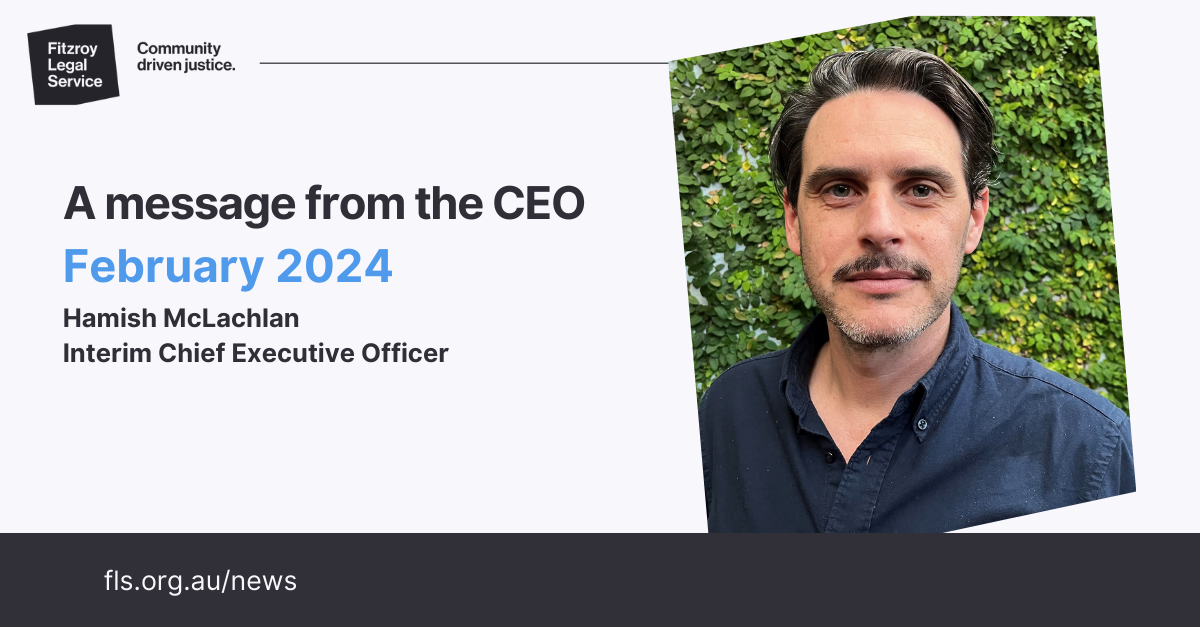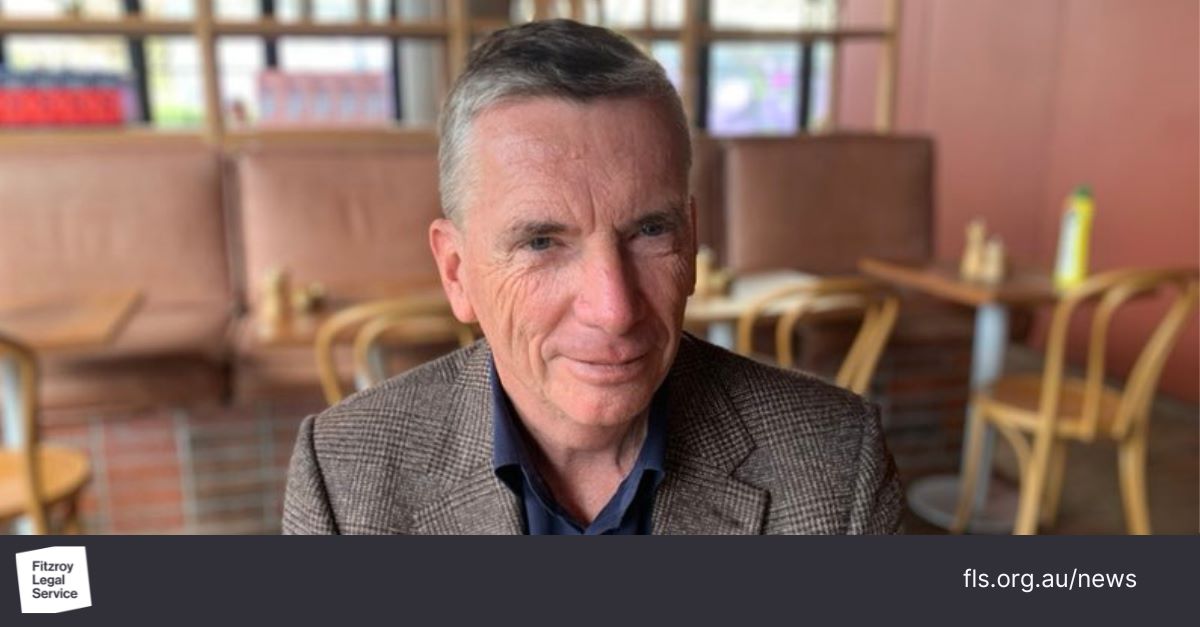

From 1972

When the Fitzroy Legal Service opened its doors on 18 December 1972, it became Australia’s first non-Aboriginal community legal centre. Located in the basement of the Fitzroy Town Hall, in what was then one of the poorest suburbs of Melbourne, this new legal service set out to do the unthinkable: provide free legal advice to all comers.














Volunteers have always been at the heart of the services Fitzroy Legal Service provides to the community.
Get Involved